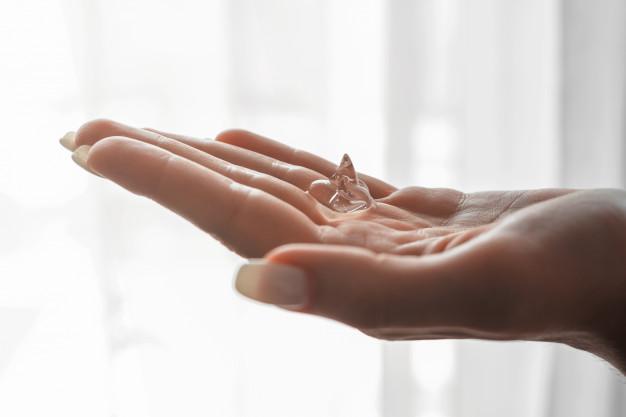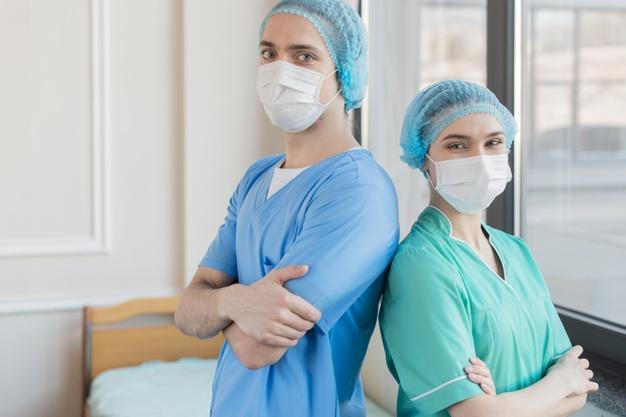
As the most important frontliners such as medical staff, they need to treat patients at a high risk of infection such as Coronavirus (Covid-19). They really need to be protect from getting infected of this virus. Medical personnel have to use personal protective equipment (PPE) to protect themselves from infected patients and coughing, sneezing, or other body fluid droplets that may infect their contaminated surfaces. There are many types of personal protective equipment and this may include apron, gown or overalls (one-piece suit), gloves, masks and respiratory equipment (respirator) and goggles. Personal protective equipment must be worn correctly so that it can function well. It may be uncomfortable to wear, furthermore medical personnel may contaminate themselves when removed it.
Types of PPE
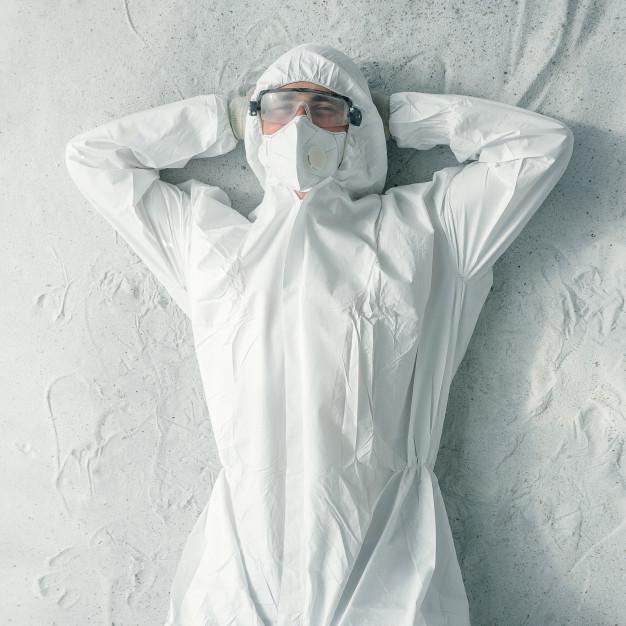
There are many types of PPE but what is the most suitable type for preventing the risk of infection? Covering more part of the body can provide a better protection. However, since this usually increases the difficulty of putting on and removing the PPE, plus the PPE is less comfortable, it may cause more contamination. Coveralls are the hardest PPE to remove, but may provide the best protection, followed by long gowns, gowns and aprons. A respirator with coveralls is better protected than a mask with a gown, but it is more difficult to wear. A more breathable PPE may cause a similar degree of contamination, but it is more comfortable.
Gowns or coveralls should be based on the patient and the situation, and it should be fluid resistant or impermeable. These recommendations can be updated as a decision to guide changes. The gowns should cover the body at least from the neck to the mid-calf. If the patient has diarrhea or vomiting, a disposable and fluid resistant apron that covering the torso and extending to the middle of the lower leg should also be worn to provide additional protection.
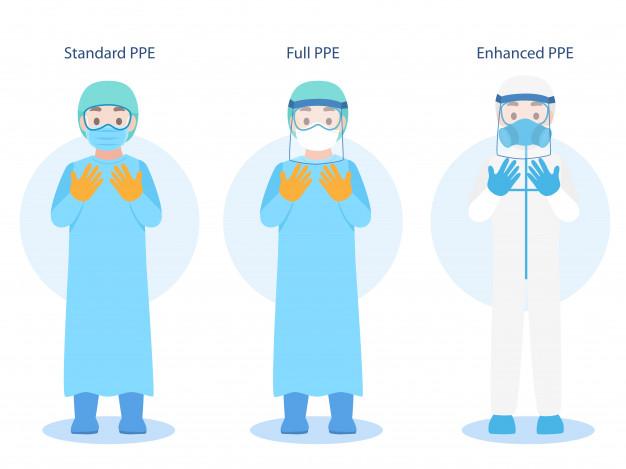
These are the types of personal protective clothing that we provided for Coronavirus:
PVC Protective Gown: https://archive.safetyware.com/product/safetyware-pvc-protective-gown/
Surgeon Gown: https://archive.safetyware.com/product/safetyware-surgeon-gown-reinforced/, https://archive.safetyware.com/product/safetyware-surgeon-gown/
Coverall: https://archive.safetyware.com/product/safetyware-ultitec-2000/, https://archive.safetyware.com/product/safetyware-ultitec-2000b/
Other Preventions That Can Be Made
Before entering the patient’s room, medical staff have to wear protective clothing first and discard it immediately after using. It is also important to follow the instructions on how to disassemble the protective clothing, keep the clothing away from touching your face, and make sure that stay away from colleagues, patients, and residents to avoid the possibility of splashing.
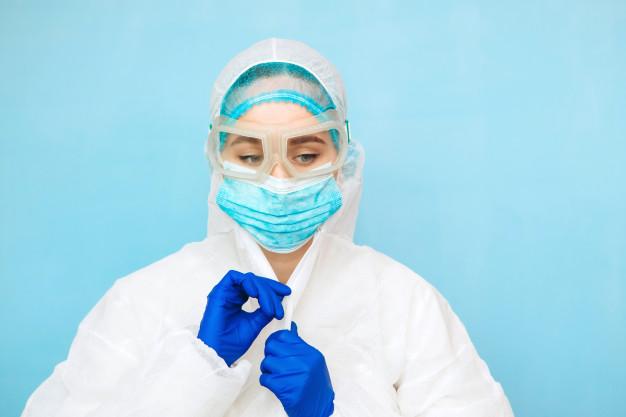
Besides that, all of us have a responsibility to wash our hands. However, when you use any kind of protective equipment, it is especially important to wash hands firstly before wear on or take off those protective equipment. This is important especially for medical staff to take good precaution of their hygiene. Wash hands with soap and water, or using hand sanitizer to rub hand is the best prevention to keep away the virus that stay on the hand.
Hand Sanitisers that we provide: https://archive.safetyware.com/product-category/cleanroom-products/hygiene-sanitary-supply/hand-sanitizer/
